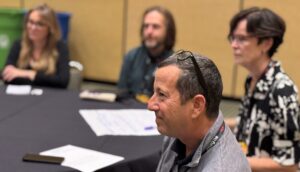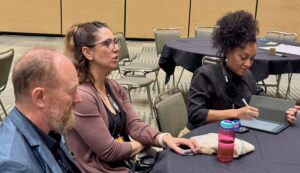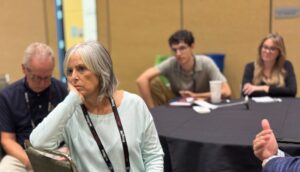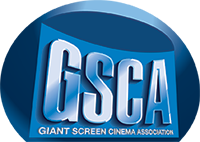Leading with Impact in Giant Screen Strategy
ASTC | September 7, 2025
Presented by GSCA & Industry Leadership Committee
Purpose of the Session
This CEO/C-suite session brought together science center and museum leaders to examine the evolving role of giant screen theaters. As some of the most powerful immersive tools for informal science learning, these theaters present unique opportunities to advance mission, deepen audience engagement, and grow earned revenue. The session used an interactive, Open Space format to generate peer-led discussion and collaborative problem-solving.
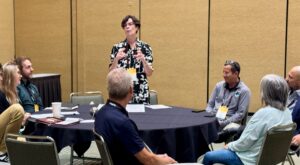
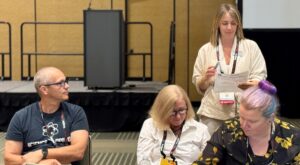
Key Data Insights shared from GSCA Research
- Marketing: Budgets remain low (~6% of theater expenses). Most theaters lack dedicated staff.
- Programming: School groups are rebounding; alternative and Hollywood content are modestly increasing.
- Audiences:
- Core: Adults 30–49, higher education/income.
- Gaps: 20-somethings and 50+.
- Satisfaction: Films rated higher than the theater experience overall.
- Access & awareness remain barriers—potential visitors rely on trailers, social media, and reviews.
- Content & Impact:
- No shortage of quality films; the challenge is repeat visitation.
- Alternative content (concerts, cultural events, local films) complements, not replaces, documentaries.
- Pricing flexibility underused; higher ticket prices do not hurt attendance.
- Experience Gaps: Comfort, concessions, and lack of “eventizing” lower satisfaction.
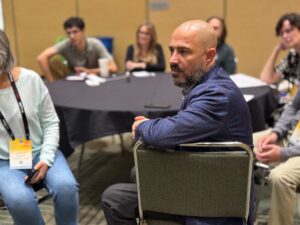
Breakout Discussion Highlights
Premium & Alternative Experiences
- VIP seating, premium concessions, weddings, and rentals generate incremental revenue.
- Eventized programming (food + film, speaker tie-ins) adds value but requires careful ROI analysis.
Budget Priorities
- Rotating and refreshing content is essential.
- Some add-on programs succeed (e.g., culinary + film events at $150 tickets); others drain staff resources.
- “Fanatic Pass” membership boosted attendance but created financial losses.
Film Length & Audience Fit
- 25-minute films increasingly used for school groups; 40–60-minute films remain strong for general audiences.
- Shorter films can boost participation without displacing longer-format titles.
KPIs & Measurement
- Importance of tracking conversion rates, visitor satisfaction, and time on site.
- Pre/post surveys can assess learning impact.
- Broader KPIs needed to capture the value of alternative programming.
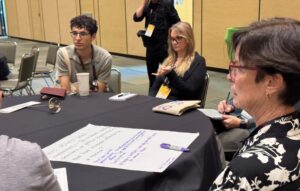
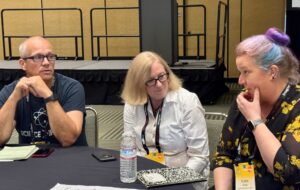
Strategic Takeaways
- Modernize Marketing: Move beyond museum websites/email to trailers, social media, and reviews.
- Broaden Content: Expand cultural, artistic, and live-event programming without undermining documentaries.
- Elevate Experience: Improve comfort, concessions, premium seating, and eventized offerings.
- Embrace Pricing Confidence: Higher prices are sustainable and support reinvestment.
- Standardize KPIs: Sector-wide measures will strengthen decision-making.
“That was such a great session- I left with a million ideas”
– Constance Scarlett, TELUS World of Science, Edmonton
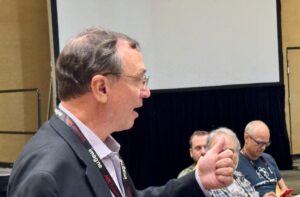
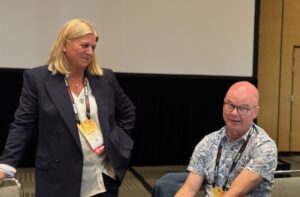
Conclusion / Bottom Line
Giant screen theaters remain mission-critical and revenue-capable assets for museums and science centers. Their continued success depends on:
– Smarter, more modernized marketing,
– Diversified programming that balances mission and entertainment,
– Elevated guest experiences that go beyond films, and
– Data-driven strategies guided by standardized KPIs.
By broadening content, deepening audience engagement, and embracing pricing and program innovation, theaters can remain both impactful and financially sustainable.
